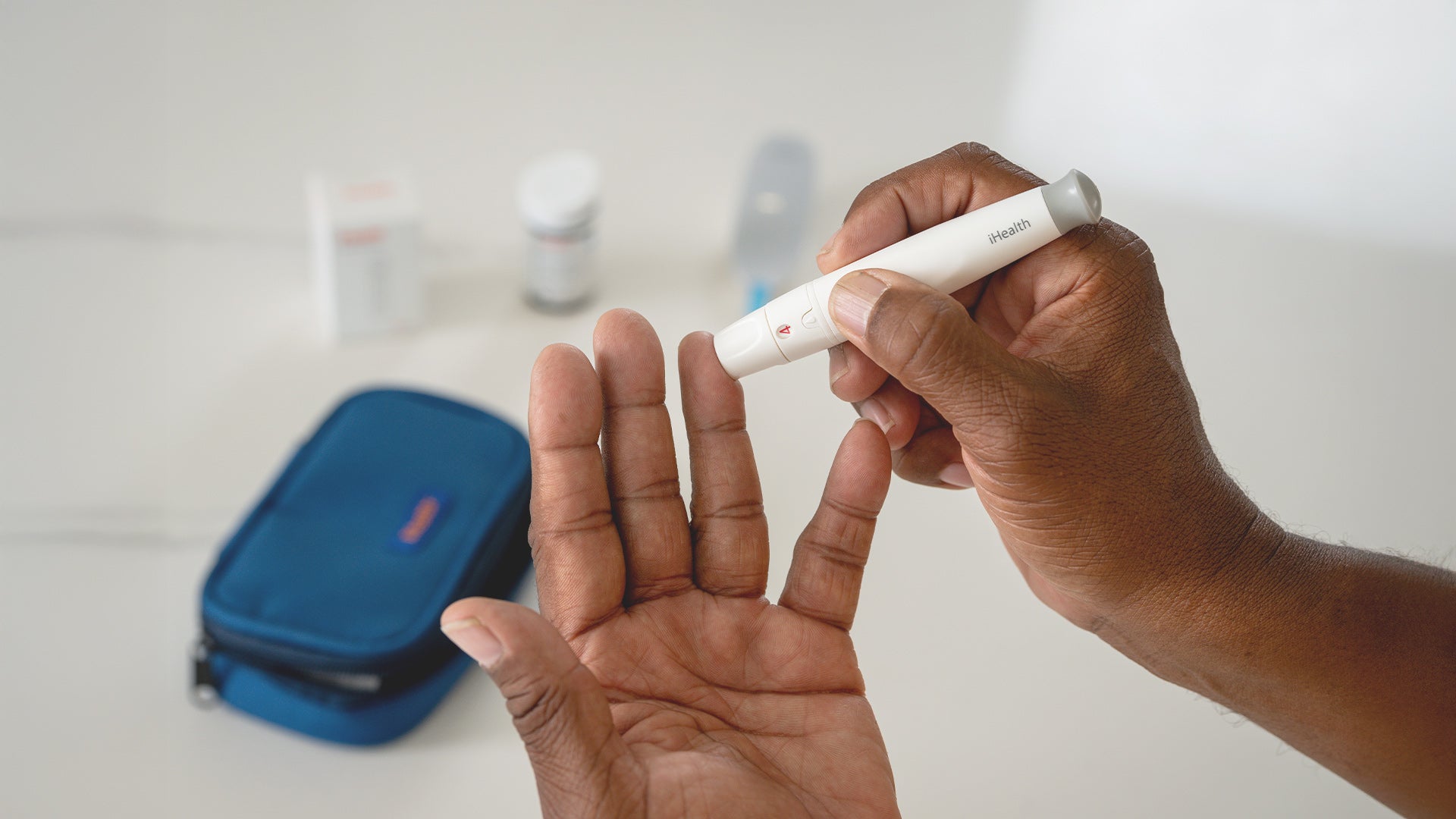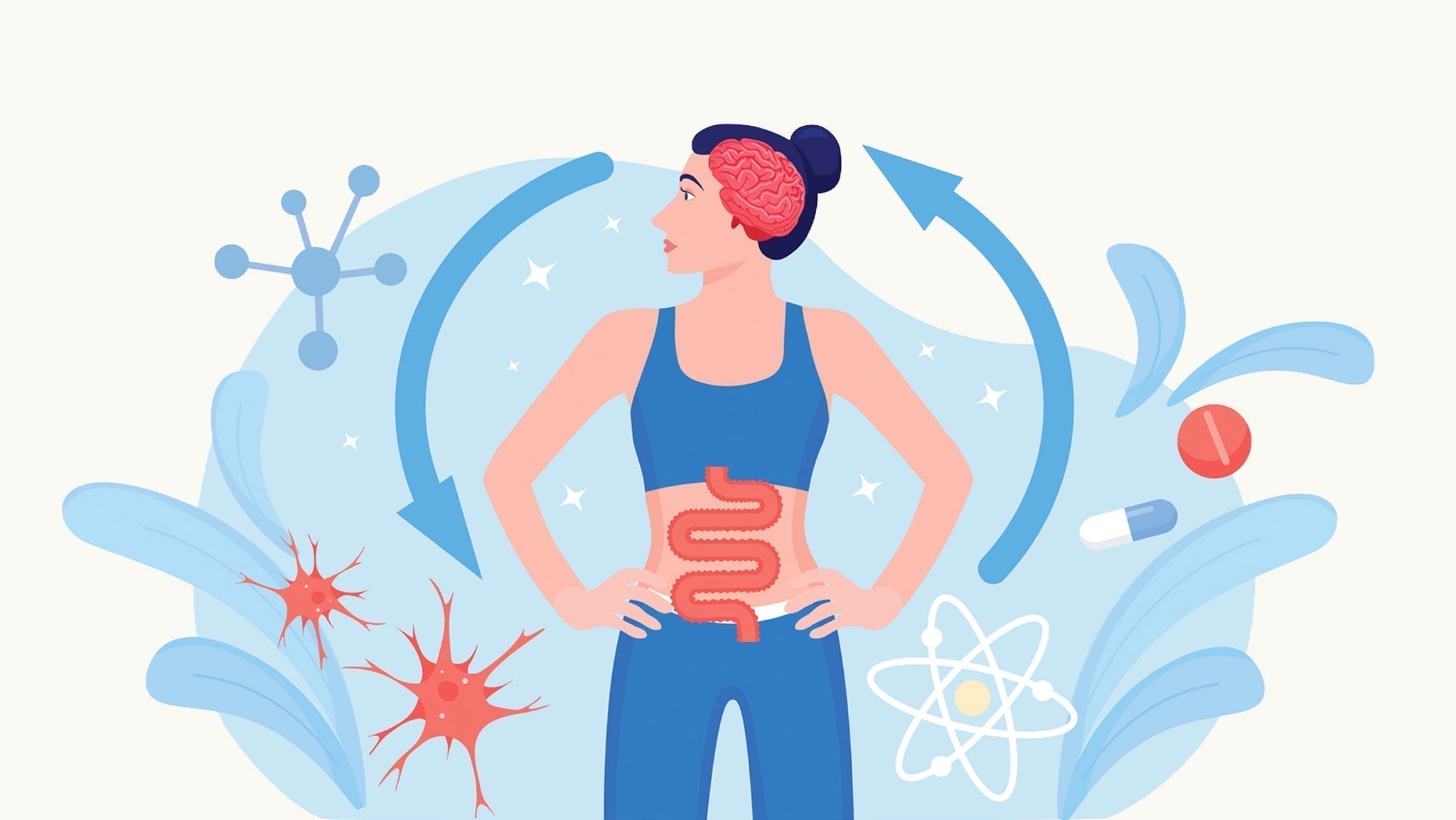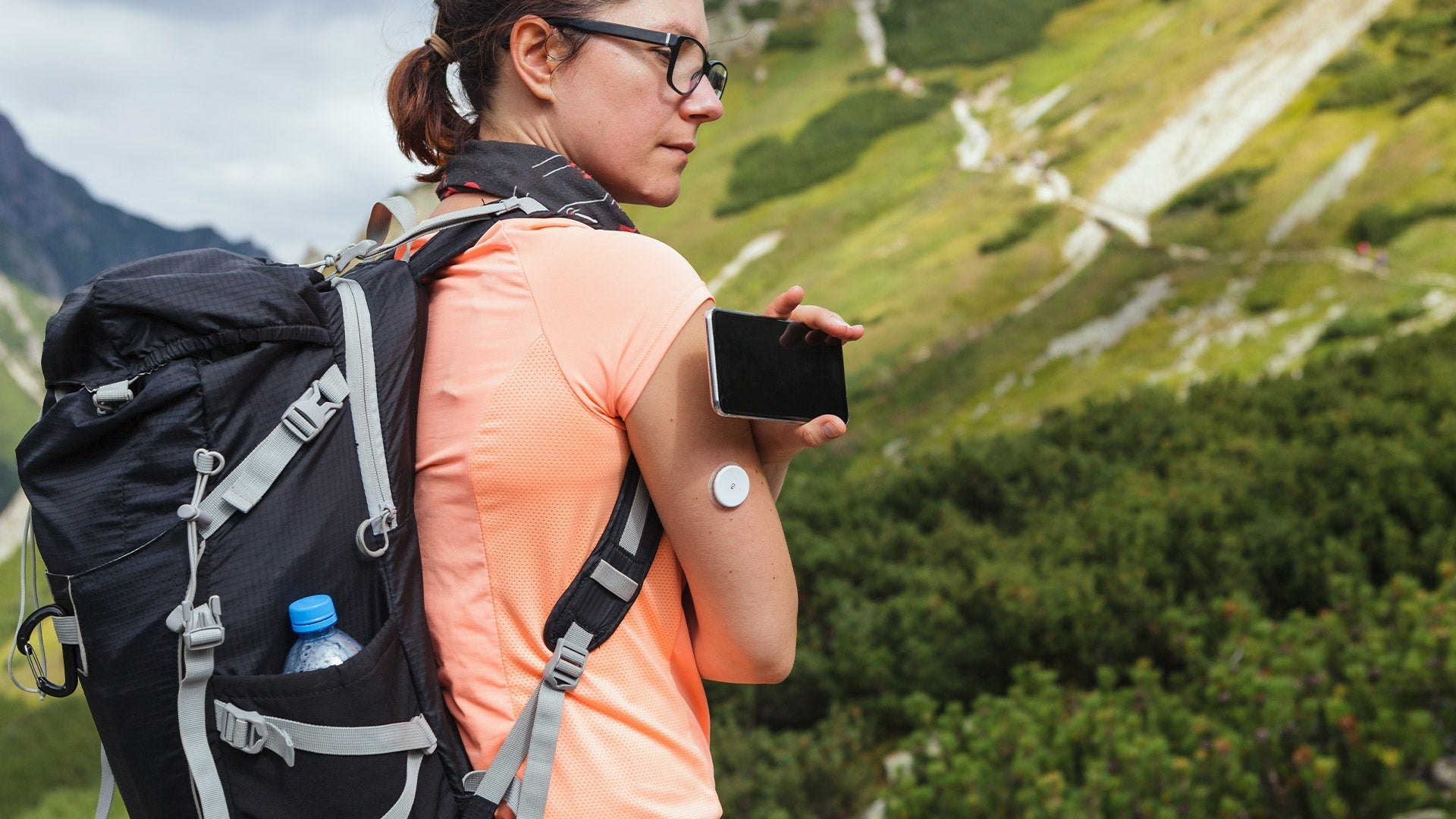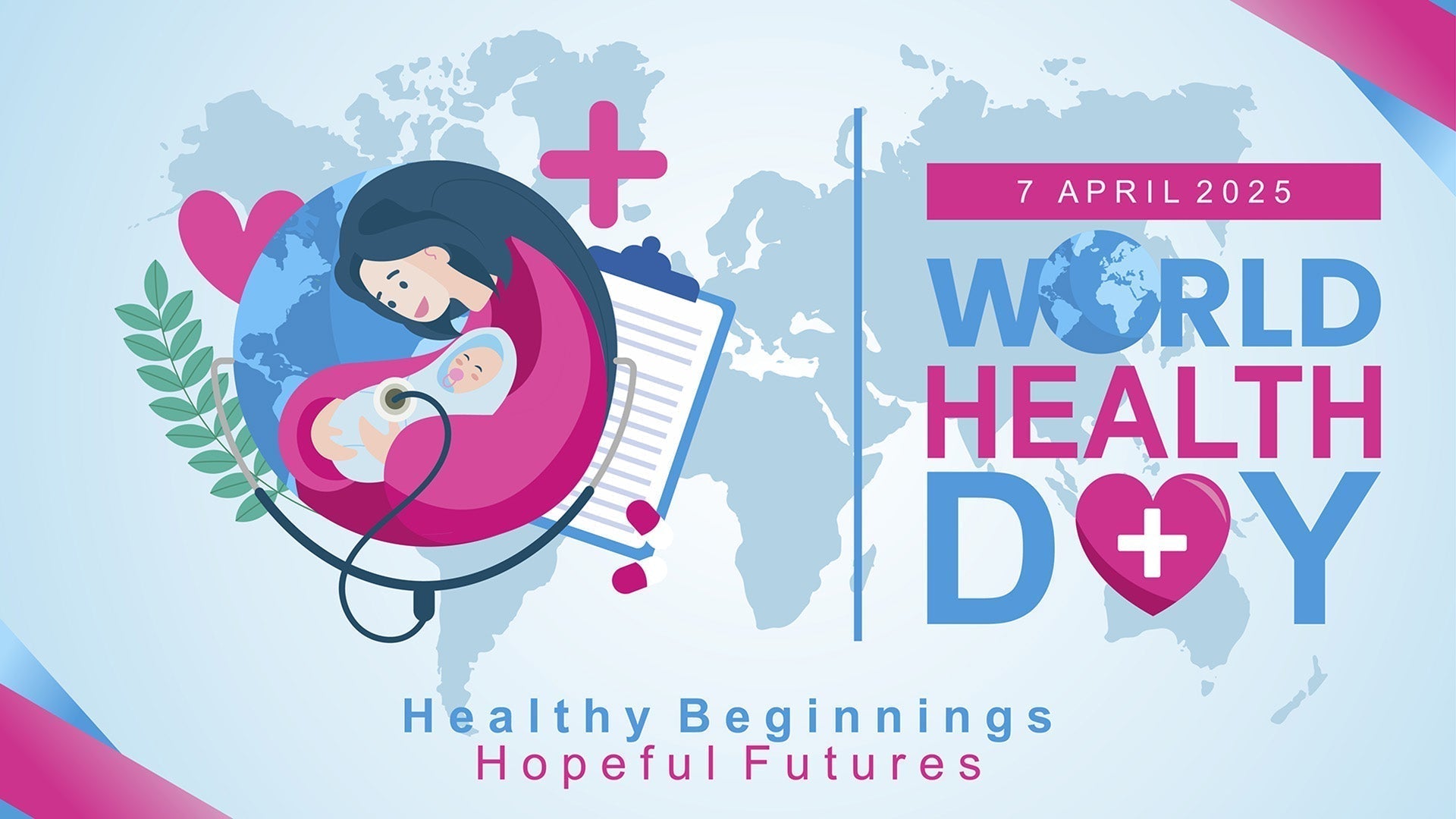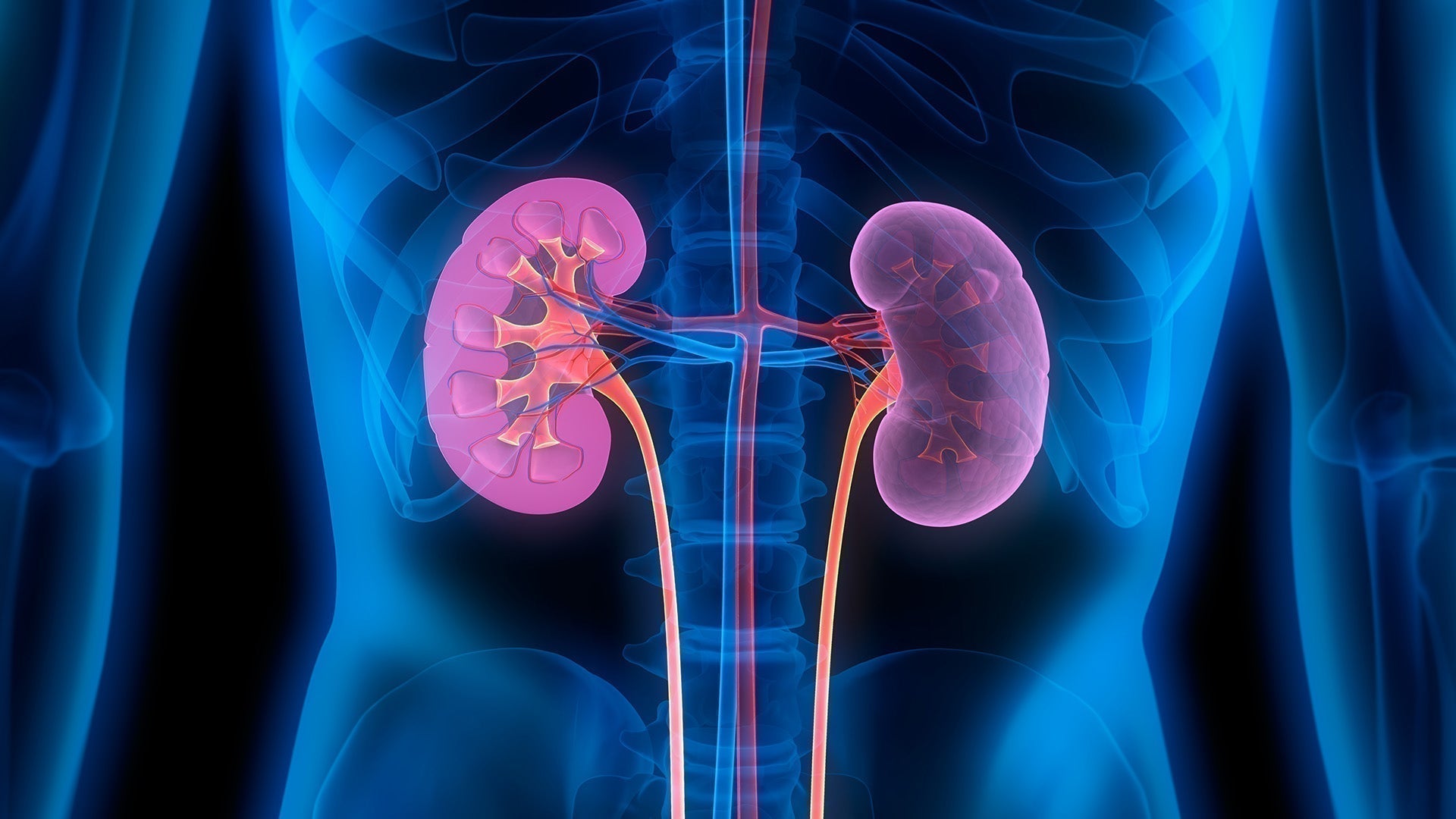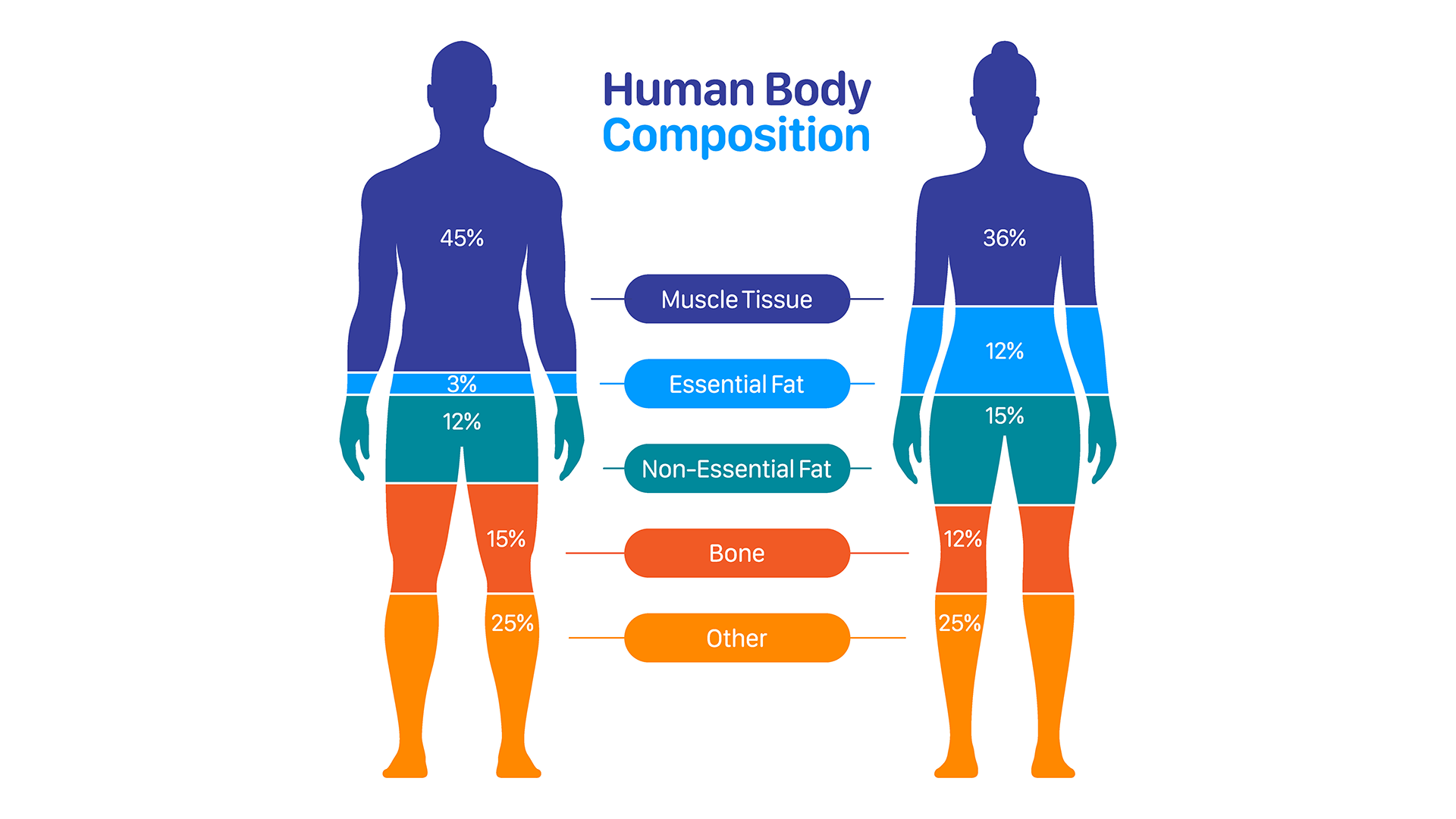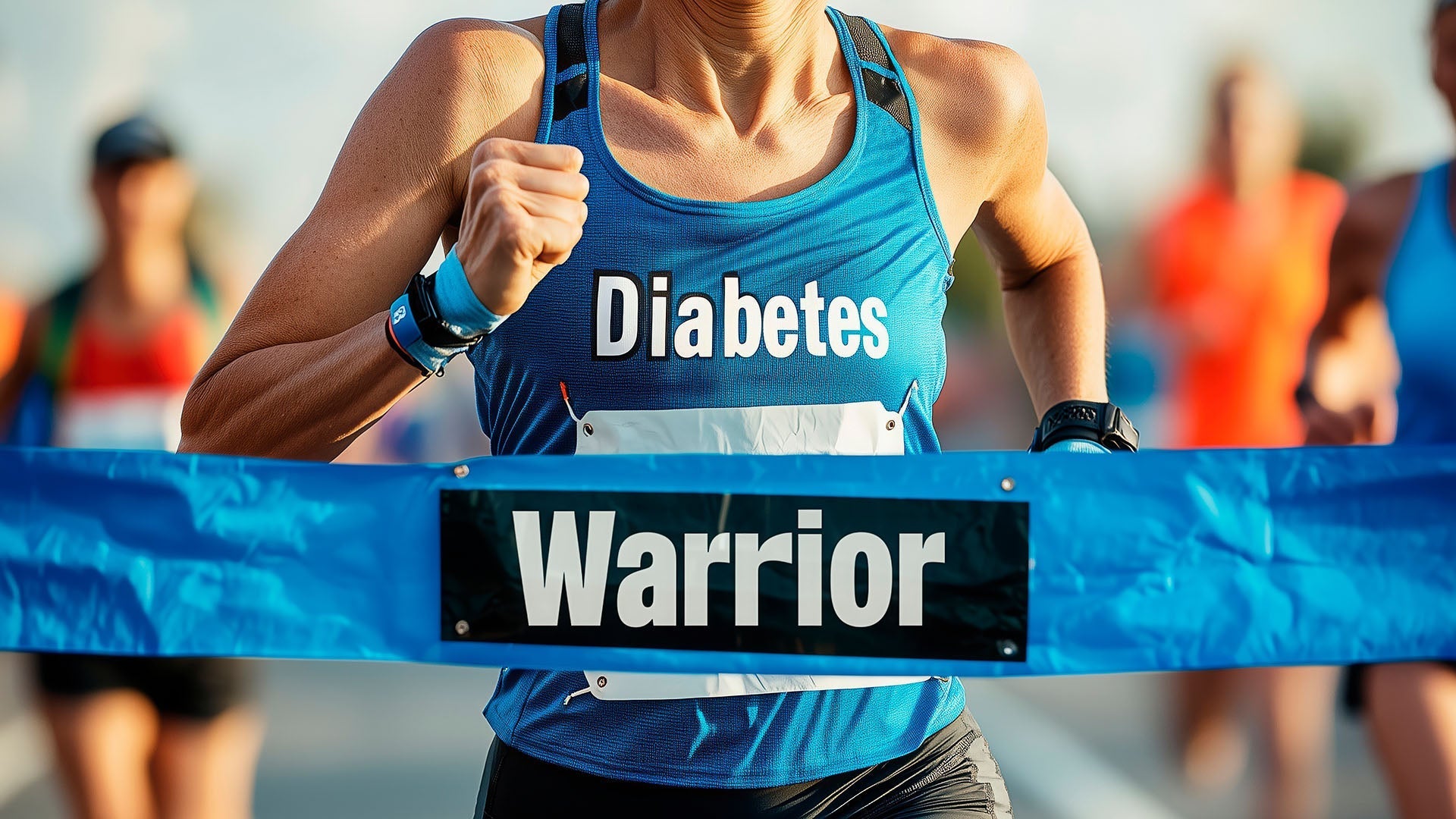Learn Your Way
to A Healthier Life

As the New Year approaches, many of us are reflecting on ways to prioritize our health. One critical yet often overlooked aspect of wellness is maintaining a healthy blood pressure—which is a cornerstone of heart health and longevity. Let’s explore why this matters and how lifestyle choices—combined with the right tools such as blood pressure monitors—can help you achieve your health goals.
Why Blood Pressure Matters
Blood pressure is a vital sign that measures the force of blood against the walls of your arteries. It’s a key indicator for preventing serious conditions like heart attacks and strokes. High blood pressure, or hypertension, often creeps up silently, showing no symptoms until significant damage has occurred.
The Power of Blood Pressure Monitors
Modern blood pressure monitors, like the iHealth Neo, measure and report fluctuations that need attention. Here’s how they empower you:
- Early detection and regular monitoring helps identify high blood pressure early, giving you a chance to address it before it escalates into a serious problem.
- Real-time feedback allows you to track progress as you improve your health, by showing how your efforts—like adopting a new diet or exercise routine—are paying off.
- Consistent data enables you to make informed decisions regarding better lifestyle choices and collaborate more effectively with your healthcare provider.
- Portability makes taking readings from home and on-the-go convenient—putting control of your health directly into your hands.
Lifestyle Resolutions for a Heart-Healthy New Year
While blood pressure monitors are invaluable for detecting conditions like hypertension, maintaining healthy blood pressure ultimately hinges on your lifestyle. Here are six impactful resolutions to guide your journey:
1. Embrace the DASH Diet
The Dietary Approaches to Stop Hypertension (DASH) diet is a proven strategy for lowering blood pressure. It emphasizes fruits and vegetables, whole grains, low-fat dairy products and lean proteins like fish and poultry.
By following the DASH diet, you could see your blood pressure drop by as much as 11 points—a significant impact that highlights the connection between food and heart health.
2. Get Moving
Regular exercise is a cornerstone of cardiovascular wellness. Aim for at least 150 minutes of moderate activity per week, such as brisk walking, swimming or cycling. Physical activity strengthens your heart, making it more efficient at pumping blood and reducing arterial pressure.
3. De-stress Daily
Stress isn’t just a mental burden; it’s a physiological one too. Chronic stress can elevate blood pressure, so finding ways to unwind is crucial. Try meditation, yoga, deep breathing exercises or simply taking time to enjoy a favorite hobby.
4. Watch Your Weight
Weight management is a crucial element of heart health. Even losing a small amount—as little as 5% of your body weight—can lead to measurable improvements in blood pressure.
5. Cut Back on Sodium
Too much salt in your diet can wreak havoc on your blood pressure. Aim to limit your sodium intake to 2,300 mg per day (or 1,500 mg for an even greater impact). Read labels, cook at home and use herbs and spices to flavor your meals instead of salt.
6. Limit Alcohol and Quit Smoking
Both alcohol and smoking can raise your blood pressure. Moderation is key with alcohol (up to one drink per day for women and two for men) and quitting smoking altogether can drastically improve your cardiovascular health.
Best Practices for Blood Pressure Monitoring
Using a blood pressure monitor effectively is just as important as having one. Follow these guidelines to get the most accurate and useful results.
- Choose a monitor that is clinically validated for accuracy and ease-of-use. Many modern options even sync with smartphone apps for convenient tracking.
- Follow the proper measuring technique by sitting comfortably with your back supported, feet flat on the floor and arm resting at heart level. Place the cuff on your bare upper arm, ensuring it’s snug but not too tight.
- Be consistent and take readings at the same times each day, ideally in the morning and evening. Record multiple readings and calculate an average for the most reliable data.
- Log your numbers and keep a record of your readings to share with your healthcare provider. This will help them tailor advice and treatments to your specific needs.
Combining Monitoring with Professional Guidance
While self-monitoring is a powerful tool, it’s not a substitute for professional healthcare. Share your readings with your doctor and discuss any trends or concerns. Together, you can create a personalized plan to maintain or improve your blood pressure.
A New Year, A Healthier You
As we ring in the New Year, let’s commit to resolutions that truly matter. By focusing on heart health through regular blood pressure monitoring and embracing a heart-healthy lifestyle, you’re not just improving your numbers—you’re enhancing your quality of life. Cheers to a healthier you!
References
Sign Up For More From iHealth
Receive the Latest News and Special Offers

